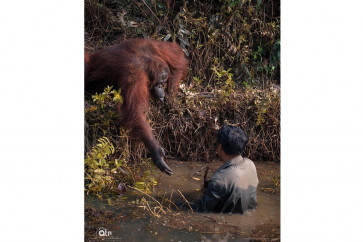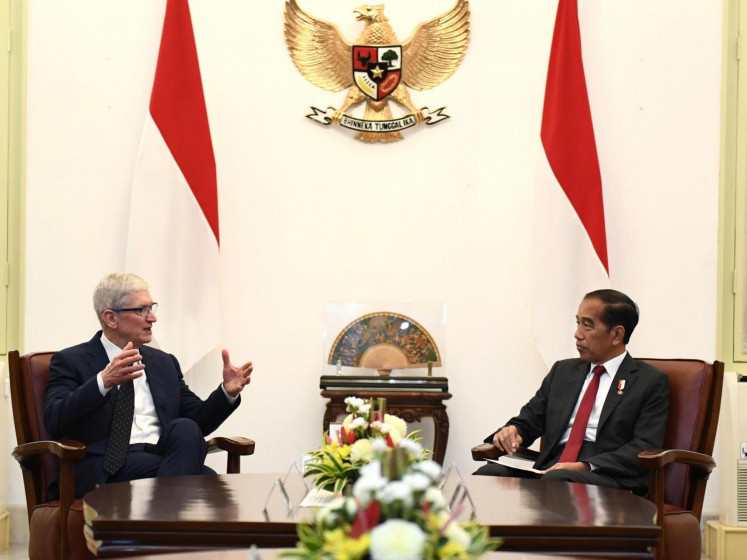Bali to plant one million trees in 2009
Bali will spend nearly Rp 400 million (US$3,200) to plant the seeds of 1
Change Size

Bali will spend nearly Rp 400 million (US$3,200) to plant the seeds of 1.35 million trees next year, as part of the central government's plan to "green up" the island in anticipation of environmental disasters.
The seeds, including chestnut and mahogany, will be planted inside and outside forests all across Bali, said Dewa Dharma Putra, head of the environmental division of the province's Regional Development Planning Agency.
"However, this is just the number of seeds we will plant, we cannot foresee how many of them will actually grow into trees," he stressed.
Dharma Putra said areas such as southern Badung suffered from a lack of absorption areas, making them prone to floods, while other areas, such as the Seraya district in Karangasem Regency suffered from extreme drought, which might lead to fires.
He added that the areas were categorized according to the state of their degradation, from extremely critical to critical to slightly critical and so on.
"Karangasem has one of the widest critical areas, while areas in southern Badung such as Kuta, Pecatu and Nusa Dua are also categorized as critical and are among our main priorities."
The southern Badung area is the island's main tourism region.
The program, which is part of the Gerhan (forests and field rehabilitation movement) initiative launched by the government in 2004, actually began in Bali in 2006; it has simply been renamed the "Green Bali" program.
The aim of the program is to plant local trees and reduce deforested areas in Bali by a minimum of 9,000 hectares every year.
The latest report from the agency revealed that 20,000 hectares of land in Bali remain in critical condition, a reduction from the 55,000 hectares identified in 2004.
He further estimated that as many as 2.5 hectares of the island's mangrove forests - also a target of the "Green Bali" program - remain in critical need.
When asked about the exact impact of the "Green Bali" movement, Dewa Dharma said several regional agencies, which include the provincial, regional and municipal forestry agencies were still working on identifying the newly improved areas.
"According to our temporary data, there has been a significant reduction in the number of critical areas, but we're still re-capping the exact number. We are doing this along with the identification phase," he said.
This latest data, he said, would serve as a guideline for the agency's future "Green Bali" program, including setting benchmarks of how many of the trees should be planted each year.
Meanwhile, Putu Subagiartha, head of the Bali Regional Development Planning Agency, hoped the re-planting program could increase the island's attractiveness to tourists.
"We have to prove that we can conserve our environment as well as develop our tourism industry at the same time," he said.









